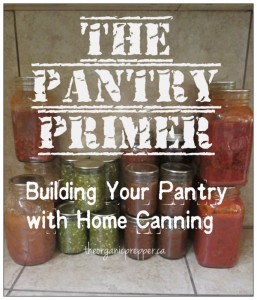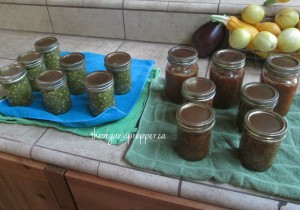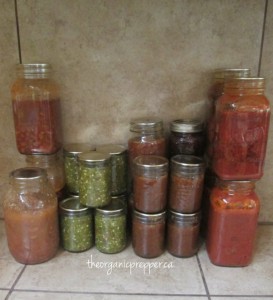This article was guest written by Lee Flynn.
Keeping your body fueled in an emergency isn’t the same thing as eating a typical daily diet. In an emergency type situation, you’ll probably be using a great deal more energy than normal, which is why you’ll need more high-protein, high-energy type foods. Furthermore, because your food storage supply is limited, you need to eat better quality foods overall. In an emergency or disaster, those extra calories will come in handy. Eat foods high in nutrients as well as fiber to keep your system running smoothly.
- Whole-Wheat Crackers
Crackers are not only a comfort food, but make a great replacement for bread as well as good substitute for making a quick sandwich. Because whole-grain/wheat crackers have more fat content, their shelf life isn’t particularly long. But, the extra dose of fiber is appreciated if you’re really hungry. Store any opened crackers in an airtight, food-safe container after opening the box.
- Bulk Nuts
On your next visit to your local grocery store, look for bulk nuts/seeds, especially for the un-shelled, un-salted varieties. It’s best to pick emergency foods low in sodium since salt will only make you thirstier. Sunflower seeds, almonds, peanuts, and many other seeds and nuts generally sold in grocery stores are very high in vitamins, minerals, protein, and essential fatty acids.
- Dried Beans
Pinto beans, lima beans, garbanzo beans, black beans, kidney beans, and other beans have a high calorie content, contain a good amount of protein, and also have many essential vitamins overall. Dried beans are available in packages that are bigger than canned beans but weigh a great deal less for the amount you actually get.
- Peanut Butter
Peanut butter is known for packing essential fatty acids and proteins as well as several key vital minerals including iron and copper. For ideal health, choose ‘natural’ peanut butter. Just a few tablespoons a day of natural peanut butter can help someone adequately survive a relatively long period without any ‘normal’ food.
- Trail Mix
A classic favorite among hikers, tasty trail mix has various ingredients, including peanuts, raisins, and other nutritious nuts along with dried fruit and sometimes chocolate. The simple sugars the dried fruits, chocolate, and raisins provide are a short-term energy and mood booster that tend to satisfy in a crisis situation.
- Power Bars
Filling and nutritious, portable power bars and granola bars usually retain their freshness for six months or more. They’re a superb source of energy-boosting carbohydrates. Foods high in carbohydrates provide more energy than eating foods with none.
- Instant Coffee
Instant coffee may not seem like a survival food, but try telling that to someone who’s been drinking it for years throughout the day. Not only is coffee good for your morale, but helps boost your energy level as well. In an emergency situation, it could be considered a “godsend” to some people.
- Powdered Super Greens/ Sea Vegetables
Some of the most popular items found in health stores today are the pill or powdered form of sea vegetables. In times of disaster, it’s likely that fresh produce will be nowhere to be found. Sea vegetables are considered a ‘superfood’, chock-full of nutrients, vitamins, and offer incredible health benefits that boost your immune system, provide wound healing and tissue repair, and even have key anti-bacterial and anti-fungal properties.
- Beef Jerky
Natural varieties of beef and turkey jerky no longer contain any or at least as much of the harmful ingredients they add while processing it. Basically, jerky is a kind of dried meat. And, dried meat has long been a survival food used by American pioneers and Native Americans alike.
- Canned Tuna, Turkey, Salmon, or Chicken
Various canned meats have vital protein and can last as long as two years on the shelf, although the vacuum-packed pouches only last about six months. They’re the ideal food in an emergency situation since they pack a lot of punch in terms of nutrition for such a small, inexpensive, convenient food.
Overall, when choosing which foods to incorporate into your emergency food storage supply, think about the ease of preparation, calorie count, shelf life, and of course the taste of the food before you buy it. Consider these 10 best survival foods to get you started building your emergency food stockpile.












